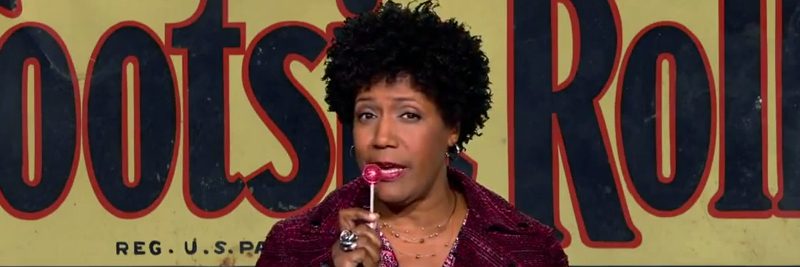The entrepreneurial spirit was alive and well in the United States in the late 1800’s and early 1900’s. Immigration rates were high, but many people were coming to this country with very little. Many just had the clothes on their back and nothing else. That meant many went into the candy business because it was affordable and had a good profit margin. Leo Hirschfeld was one of those people and his story, the creation of the Tootsie Roll, is an interesting one. Some claim that Hirschfeld invented the candy at his own store. Others claim he may have invented it while working for another candy maker. The end result came to be what is known as Tootsie Rolls. Named after Hirschfeld’s daughter, Tootsie Rolls are one of the most popular candies in the United States. Here is a look at some of his other inventions.
1. Bromangelon
To be fair, some say Hirschfeld was responsible for this early incarnation of Jell-O, while others say it was just the company for which he was working. Whatever the case may be, this powdered, gelatine substance came in a variety of flavors and could help the home cook be able to blend together salads, dinners, or breakfasts with a new style. What is interesting about Bromangelon is that it was also promoted by a girl named Tootsie – Tattling Tootsie, to be exact.
2. Bon Bon Forks
If you’ve ever made bon bons by hand, you know how tedious the process can be. It’s time consuming and in the end, you’re left with only a few candies. Hirschfeld realized that if he could step up the production of candy, then he would be able to make more money for himself and for whatever employer he might have had at that time. His bon bon fork allowed for 8 candies to be dipped simultaneously and a patent was issued for the invention in 1895.
3. Candy Dipping Machine
To coordinate with the use of his fork, Hirschfeld also invented a candy dipping machine that could increase the amount of candies that could be produced by one worker. The machine itself was pretty basic and resembled what we would take consider to be a deep fat fryer. It had a basket which could heat up the chocolate or other candy coating effectively and then multiple candies could be dipped and then dried outside of the machine.
4. Display Boxes
The art of candy making isn’t just in the creation of new candies. It’s also in how they are displayed and in how they can be sent home. Hirschfeld created a paper display box that could hold a large candy in place thanks to a diagonal cut in the front opening of the box, but still allow a customer to see and even touch the candy if it was so desired to determine if they would want it.
5. Candy Making
Incredibly Hirschfeld was able to patent a proprietary method of making candy as well. His method made it easier to shape pulled candy without having it stick or subjecting it to agitation.
Strong proponent of individual liberty and free speech. My goal is to present information that expands our awareness of crucial issues and exposes the manufactured illusion of freedom that we are sold in America. Question everything because nothing is what it seems.




















